Garden types
RpR_
12 years ago
Related Stories
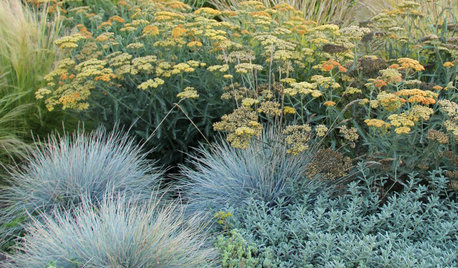
LANDSCAPE DESIGNTexture Talk: 4 Foliage Types for Distinctive Gardens
Contrast these leaf textures for plants that stand out and a landscape that draws you in
Full Story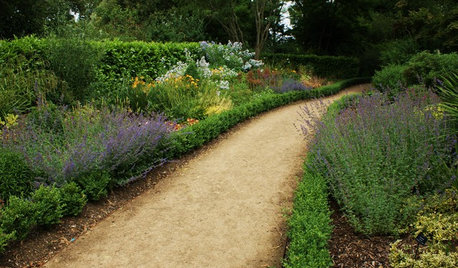
LANDSCAPE DESIGN5 Gravel and Stone Types for a Rockin' Landscape
Give your garden design some textural bam with pebbles, granite, river rocks and other permeable materials
Full Story
LANDSCAPE DESIGNThe 7 Best Plant Types for Creating Privacy and How to Use Them
Follow these tips for using different kinds of plants as living privacy screens
Full Story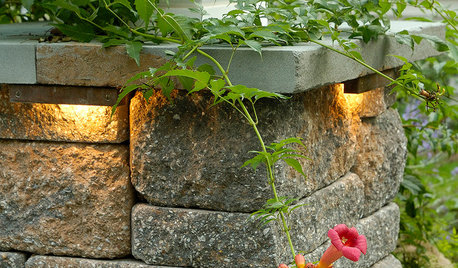
CURB APPEAL8 Effective, Beautiful Lighting Types for Front Yards
Increase safety and security while highlighting plants and other landscape features, using the right mix of outdoor lights
Full Story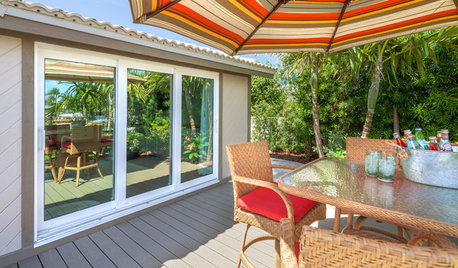
PATIOS6 Patio Cover Types to Shade You in Style
Protect yourself and your deck from the blazing sun with umbrellas, cloth, built structures — or nature's perfect shading solution
Full Story
KITCHEN DESIGN8 Mirror Types for a Fantastic Kitchen Backsplash
Create the illusion of more space, add bling or just go for an unexpected look with a mirrored backsplash that suits your kitchen's style
Full Story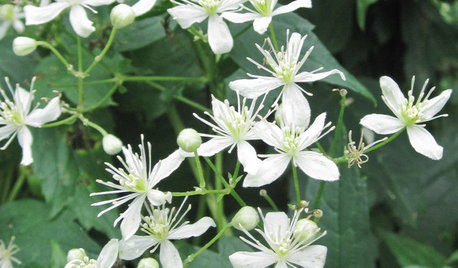
GARDENING GUIDESGreat Design Plant: Clematis Virginiana
Devil’s darning needles, a vigorous vine native to eastern North America, likes partial shade and many types of soils
Full Story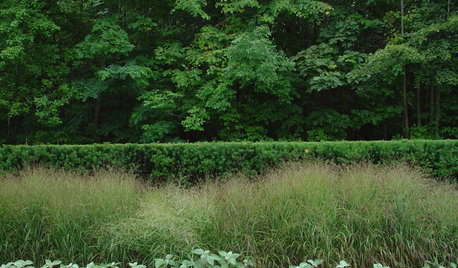
GARDENING GUIDESGreat Design Plant: Taxus x Media ‘Hicksii’
Need a strong, silent type in your garden? Hicks yew may be your perfect match
Full Story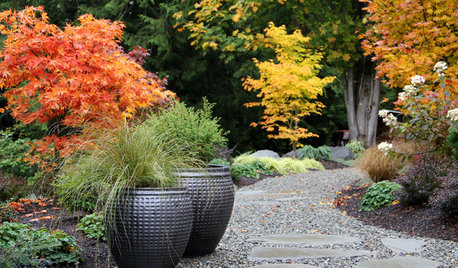
CONTAINER GARDENS9 Tips for Creating an Artful Container Garden
Make your potted plantings a beautiful sight with these ideas for container types, plant groupings and more
Full Story
CONTAINER GARDENSContainer Gardening Basics: The Dirt on Soil
Learn the types of potting soil available and the best mixes to help your containers thrive
Full Story


Lloyd
wayne_5 zone 6a Central Indiana
Related Professionals
Cincinnati Landscape Contractors · Cordele Landscape Contractors · Eustis Landscape Contractors · Fuquay-Varina Landscape Contractors · Kettering Landscape Contractors · Miller Place Landscape Contractors · Pompton Lakes Landscape Contractors · West Allis Landscape Contractors · Reisterstown Landscape Contractors · Ferguson Landscape Contractors · Shorewood Decks, Patios & Outdoor Enclosures · Estero Decks, Patios & Outdoor Enclosures · Littleton Decks, Patios & Outdoor Enclosures · Renton Decks, Patios & Outdoor Enclosures · San Jose Decks, Patios & Outdoor Enclosuresscotty66
pnbrown
vermontkingdom
Kimmsr
subk3
RpR_Original Author
pnbrown
Kimmsr
RpR_Original Author
pnbrown
Carrie B
tishtoshnm Zone 6/NM
Kimmsr
jolj